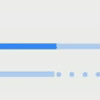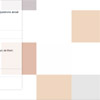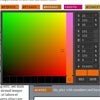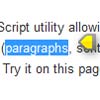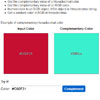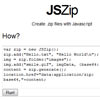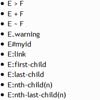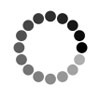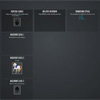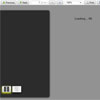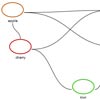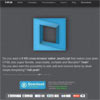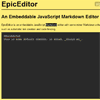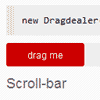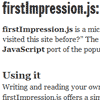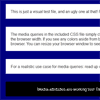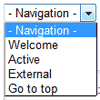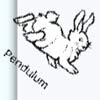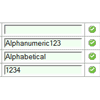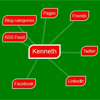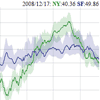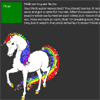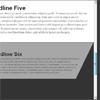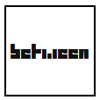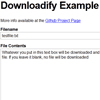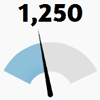MProgress.js
Google Material Design Progress Linear bar.
It uses CSS3 and vanilla JavaScript which doesn't depend on any other libraries.
Types and preview
Type 1. Determinate
Type 2. Buffer
Type 3. Indeterminate
Type 4. Query Indeterminate and Determinate
Or you can see all types together:
Vedio:Material Progress & activity
DEMO
How to start
Install it
Include mprogress.min.js and mprogress.min.css in your target html file.
<link rel='stylesheet' href='mprogress.min.css'/> <script src='mprogress.min.js'></script>You can also install it via Bower or npm:
bower install --save mprogress npm install --save mprogress Basic usage
Example for the Determinate type
1.Instantiation:
var mprogress = new Mprogress();2.Show and start the bar by using:
mprogress.start();Or you can just use the following code to replace step 1 and 2:
var mprogress = new Mprogress('start'); //start it immediately3.Finish the loading and hide it :
mprogress.end();Advanced usage
All types have start and end methods.
Type1: Determinate
Determinate also has set and inc methods.
set(n)
Sets the progress bar status, where n is a number from 0.0 to 1.0.
eg:
mprogress.set(0.3);inc()
Increases by a random amount.
eg:
mprogress.inc(); // Increase the bar with a random amount. mprogress.inc(0.3); // This will get the current status value and adds 0.3 until status is 0.994Type2: Buffer
Its always used for video loading, and you can use for other case.
Init Type Buffer :
var bufferIntObj = { template: 2 }; var bufferProgress = new Mprogress(bufferIntObj);Start it:
bufferProgress.start();If you want to start it immediately after instantiating it,you can use:
var bufferIntObj = { template: 2, // type number start: true // start it now }; var bufferProgress = new Mprogress(bufferIntObj);End it:
bufferProgress.end();Buffer also has set , inc and setBuffer methods
Type Buffer has two progress: main progress and buffer progress.
set(n)
Sets the main progress bar status (0,1)
setBuffer(num)
Sets the buffer progress bar status (0,1)
inc()
Increases by a random amount, including buffer bar.
Type3:Indeterminate
Init Type Indeterminate :
var intObj = { template: 3, parent: '#customId' // this option will insert bar HTML into this parent Element }; var indeterminateProgress = new Mprogress(intObj);Type Indeterminate just has start and end methods.
indeterminateProgress.start(); indeterminateProgress.end();Type4:Query Indeterminate and Determinate
Init Type Query :
var intObj = { template: 4, parent: '#anothercustomId' // to other position }; var queryProgress = new Mprogress(intObj);Type Query just has start and end methods.
queryProgress.start(); queryProgress.end();Configuration
Passing an object(configuration) to instantiated Mprogress
var mp = new Mprogress(configuration);template
Set the progress bar type. (default: 1)
var mp = new Mprogress({ // vaule { // 1: Type Determinate, // 2: Buffer, // 3: Indeterminate, // 4: Query, // '<div>...</div>': 'yourcustomHTML' // } template: 2 });parent
Change the parent container where the bar is shown. (default: body)
var mp = new Mprogress({ parent: '#customContainer' });start
Start the bar immediately. (default: false)
var mp = new Mprogress({ template: 4, start: true });For type1 Determinate, you can just use:
var mp = new Mprogress('start');Advanced Configuration
trickle
trickleRate
trickleSpeed
minimum
easing
positionUsing
speed
Browser Support
Mobile First.
All types work in Chrome and Firefox.
Type Determinate works in all browsers.
